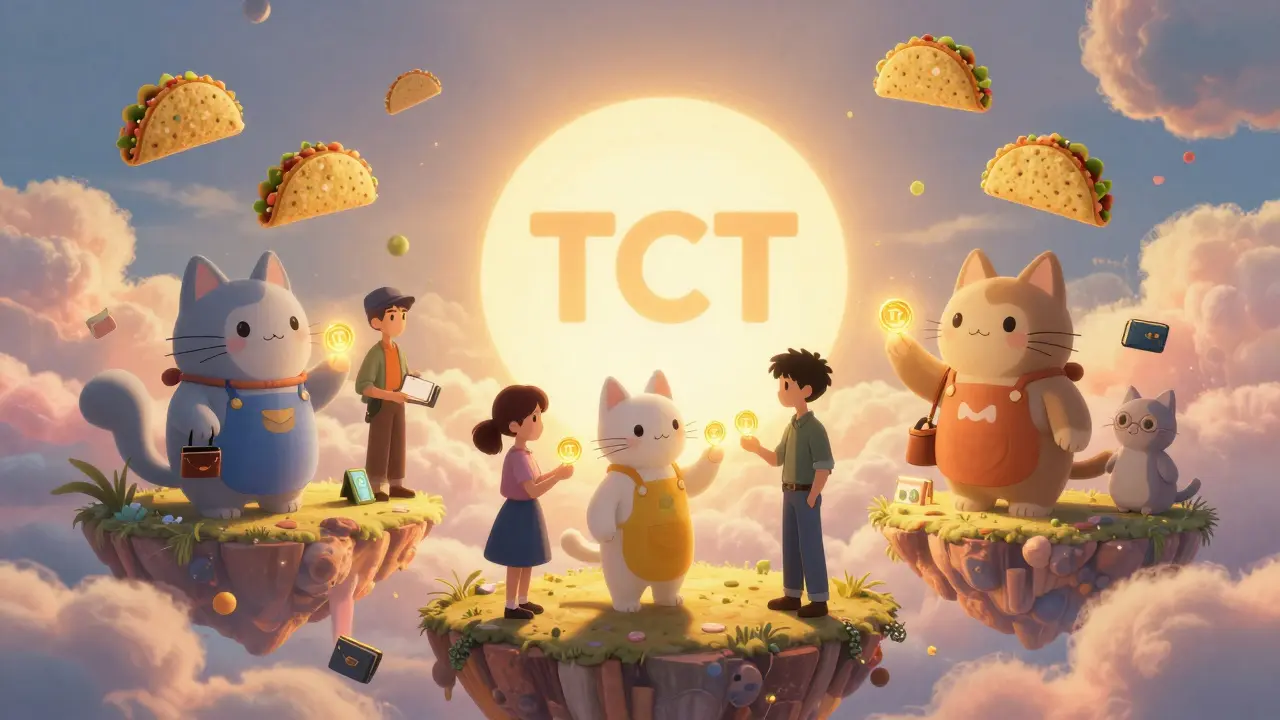Blockchain Automation: How It Works and Why It Matters
When talking about blockchain automation, the use of programmable blockchain features to execute tasks without human intervention. Also known as crypto automation, it relies on smart contracts, self‑executing code that runs when predefined conditions are met and DeFi, decentralized finance platforms that enable permissionless lending, swapping and yield generation. In short, blockchain automation encompasses smart contracts, requires DeFi protocols to supply liquidity, and lets developers build trustless workflows that run 24/7.
Key Concepts that Drive Automation
One emerging driver is supply chain NFTs, non‑fungible tokens that record provenance, ownership and status of goods on a blockchain. These tokens let manufacturers trigger payments, customs checks or quality alerts automatically as goods move, showing how supply chain NFTs influence blockchain automation. At the same time, blockchain insurance regulation, the set of rules governing how insurers can use smart contracts for claim processing and risk assessment shapes the legal framework that automation must obey. Together, they create a feedback loop: regulation defines safe automation patterns, and automated products like NFT‑tracked shipments push regulators to adapt.
Beyond logistics, automation streamlines compliance and finance. For example, the UAE’s 0% personal tax on crypto gains has sparked tools that automatically calculate taxable events from on‑chain activity, reducing manual reporting. Crypto exchanges also use automation to monitor trading pairs, enforce KYC, and flag unusual patterns in real time. When oracles feed external price data into smart contracts, the entire system can rebalance portfolios or settle loans without a single spreadsheet.
Technically, the building blocks are oracles, schedulers and trigger services. Oracles such as Chainlink Automation deliver off‑chain data (prices, weather, API results) to on‑chain contracts, allowing conditional actions like releasing funds when a temperature threshold is crossed. Scheduler services let developers set future dates for token vesting, dividend payouts, or NFT drops, turning what used to be manual admin work into code that runs on its own.
All these pieces—smart contracts, DeFi, NFTs, oracles and regulatory guidance—form a tightly knit ecosystem. In the list below you’ll find deep‑dive articles that break down each component, expose real‑world scams to avoid, and show how to harness automation for tax planning, token launches and supply‑chain tracking. Dive in to see which tools match your needs and how you can start automating your blockchain projects today.






